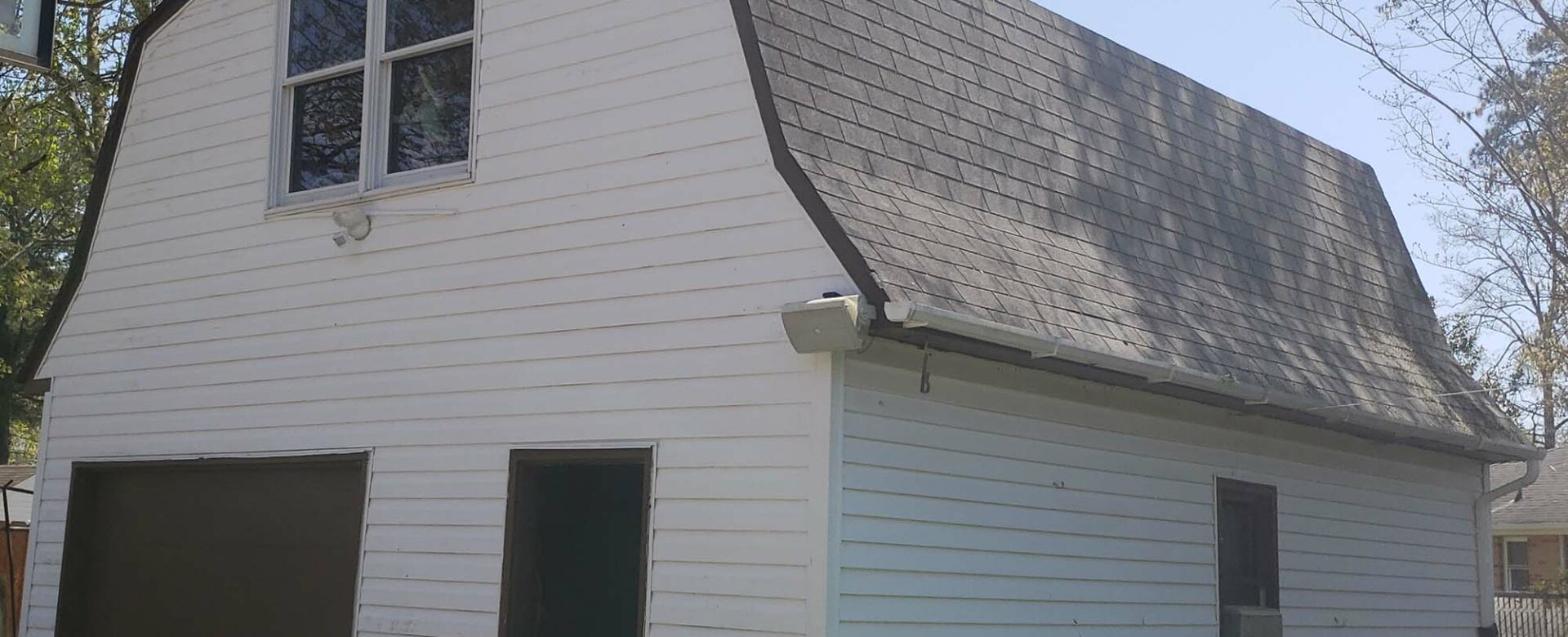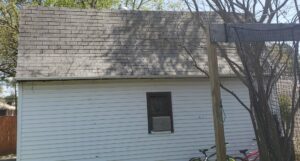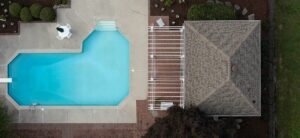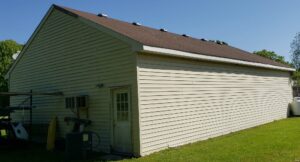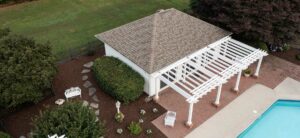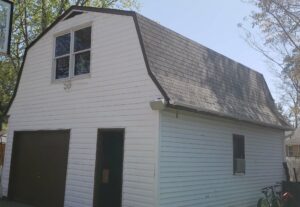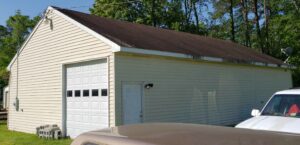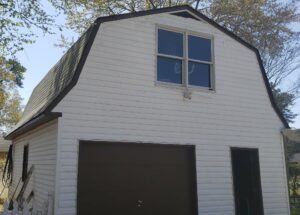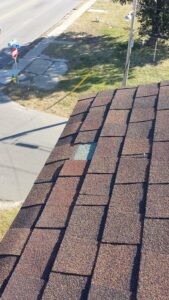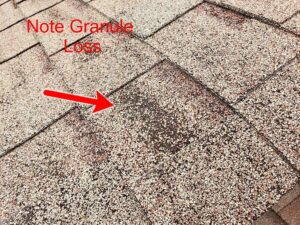The temperatures are dropping, Christmas lights are popping up, and the days seem to end before they even begin – winter is here. That also means it’s a crucial time of year to prepare your home for the colder weather. Your roof may need some special attention in particular to ensure your home’s safety and comfort over the next few months since it’s the first line of defense against snow, ice, and those dropping temperatures. Here are a few handy tips for getting your roof winter ready.
The first step is always to perform a visual inspection from both the outside and inside of your home. Look for damaged, loose or missing shingles, loose flashing, cracks around pipe collars or areas of moisture or drafts in your attic. Identifying these potential issues first is critical for how to move forward with your winter prep.
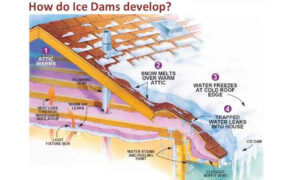 During your inspection, you should also check in on your gutters and downspouts. If they’re full from all those falling leaves, it’s time to give them a good cleaning. If gutters are clogged, a heavy rain followed by dropping temperatures can cause your gutters to produce an ice dam, which can cause serious damage to your roof, the gutters themselves and the interior of your home. You may also want to consider installing larger, high capacity gutters and/or gutter guards to prevent future build ups and issues.
During your inspection, you should also check in on your gutters and downspouts. If they’re full from all those falling leaves, it’s time to give them a good cleaning. If gutters are clogged, a heavy rain followed by dropping temperatures can cause your gutters to produce an ice dam, which can cause serious damage to your roof, the gutters themselves and the interior of your home. You may also want to consider installing larger, high capacity gutters and/or gutter guards to prevent future build ups and issues.
Inside your home, inspect your attic carefully, as roofing issues are often easier to spot from this point of view. Damp areas may indicate a leak in the roof or condensation build up from lack of ventilation. Heavy air drafts can also point to punctures or damaged areas. While you’re there, take note of your attic’s insulation – if your home is older, it may be time to replace or add new insulation to keep your home’s temperature consistent, which reduces condensation and your heating and cooling costs.
If you have a wood burning fireplace and chimney, then hopefully you are having it inspected and cleaned at the beginning of the winter season as well. This is a good time to ask your chimney specialist to take note of the flashing around your chimney. Loose or missing flashing around a chimney can cause major structural damage over time, but avoiding this is an easy fix that’s far less expensive than the potential damage it could cause.
Although we don’t get snow very often here in Hampton Roads, when we do, any accumulation can put a strain on your roof. Roof rakes can be used to remove built up snow, which can be especially stubborn on the north side of your roof where the sunlight is less likely to melt it away.
The final winter prep tip isn’t about your roof, but your landscaping. Check the trees and vegetation around your home’s roofline. If there are any branches that are overhanging your roof, brushing up against your gutters or scraping at shingles, they will inevitably cause damage, especially when severe winter weather arrives. Trimming back trees, removing overhanging brush or vines can help prevent problems before they happen.
If you have any concerns about your roof’s winter weather readiness, contact Andrews Roofing today to schedule a roof inspection. One of our experienced roofing specialists can let you know if there are any issues that can be easily handled and repaired before extreme weather hits. Doing so will ensure your comfort and your peace of mind this season.

